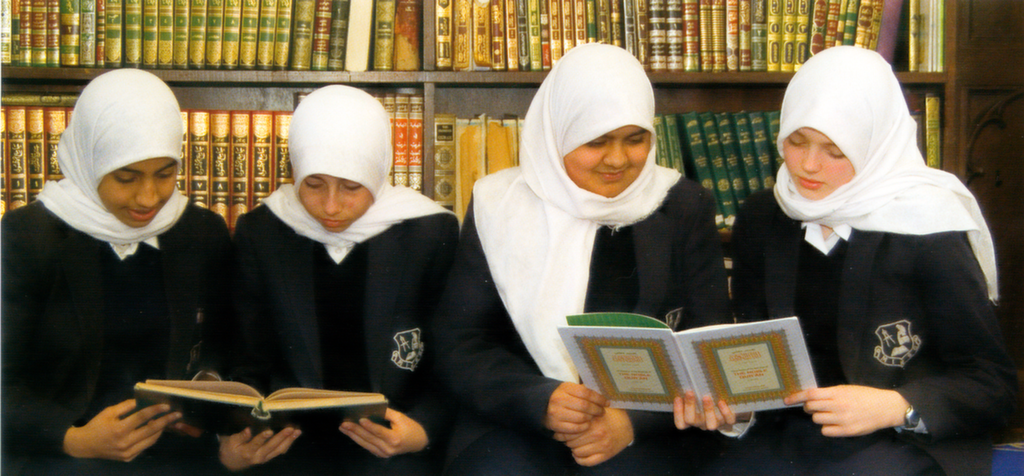By Mehru Jaffer
To mention the twin words Muslim and madrassa today is to send a chill down the spine of many. After all it is some Muslims from madrassas, or schools of religious learning, that are held responsible for the merciless attacks on Manhattan. Madrassas have always existed in Muslim society. During enlightened times the concept of a madrassa as an institution remained separate from the mosque, and the school was expected to supply state administrators and judges to society. These days the story is slightly different. Thousands of madrassas around the world are said to take in children as early as the tender age of six years to teach them Arabic and to
recite the Koran. And added to the curriculum is the concept of the mujahideen, or holy warrior whose salvation lies in being ever ready to stand up for a call to jihad, or holy war. This way the madrassa has become a breeding ground for a new brand of battle hardened soldiers prepared to take lives of others and give their own in the name of Islam. Often the poverty stricken parents who send their children to a madrassa that also provides free
boarding and lodging are not aware of the exact kind of education imparted on the campus. But when Egypt was one of the most advanced Muslim countries each town had between one and seven madrassas teaching Islamic law and theology and providing the country with all its teachers. The great madrassa of al-Azhar was next to the bazaar and religious leaders and students were constantly in touch with both rulers and the people. In even better times students also studied literature, science and technology in order to be fully aware of modern society. In its days of decline a madrassa maybe ruled by a conservative ethos, students encouraged simply to imitate and emulate and discouraged from thinking independently. When that happens the danger is that a large group of human beings find themselves seriously out of touch with the world outside of a madrassa. Writing about his journey to Central Asia after the collapse of communism in Russia in 1989, Akbar S.Ahmed, the distinguished Islamic scholar says in Living Islam, the book that inspired the BBC documentary on the same topic, that he found a pervasive calm, a spiritual sense of well being at the shrine of Bahauddin Naqshband in Bukhara.
“The very concept of the madrassa… had developed here. Perhaps the building plan itself, the four halls arranged around the courtyard, originated in the region’s Buddhist monasteries. It symbolized the age of Islamic confidence”. Ahmed believes that the work at the madrassa where the ulema learned Islamic sciences was richly endowed in those days and many were built in the four leading centers of Bukhara, Samarkhand, Khiva and Khokand
attracting a great number of students from all over the world. Bukhara boasted three great madrassas in the 16th century, a fourth in the 17th century and in the 1790s there were 30,000 students giving to the place an atmosphere of a great university city with few equals in the world.
Walking through the ruins of Hauz Khas, a neighbourhood in New Delhi yet another reminiscences at the remains of a 700 year old Muslim centre of learning. It was here on the south eastern banks of a gigantic water reservoir that double storeyed halls and chambers were built in 1352 for the purpose of
studying religion. The chambers had ample place for the storage of books, balconied windows and stairways leading down to the water tank. At a far end stood a mosque. It is said that India’s capital city of Delhi was the envy of Baghdad and Cairo but was considered the equal of Constantinople in the 14th century. The spirit at a madrassa at that time was to know more. For then it was believed that to know more meant to see more evidence of God. But today the thought of sending one’s children to a madrassa does not arise
for the fear of exposing them to concepts like jihad, one of the most misused and frightful concepts of Islam. Meant to be a constant struggle for justice without kidnapping, killing, placing bombs in public places and other evil deeds that go against all decent human behavior, the supreme jihad is described by Prophet Muhammad as one that is first and foremost directed against oneself, against one’s own ego, greed and insatiable desires. The search continues for teachers giving lessons in this kind of jihad to any future citizen of the world.





